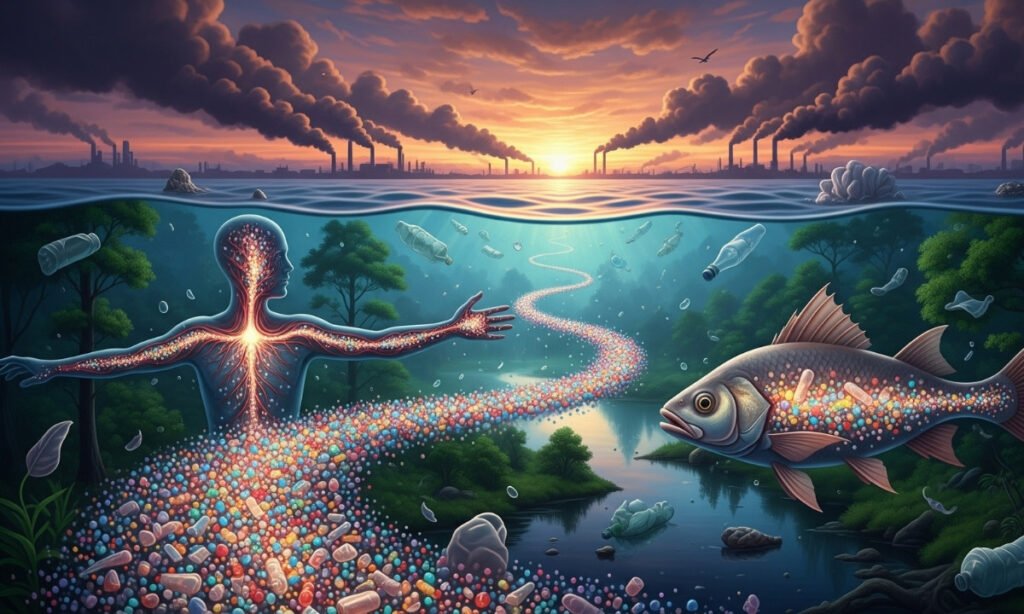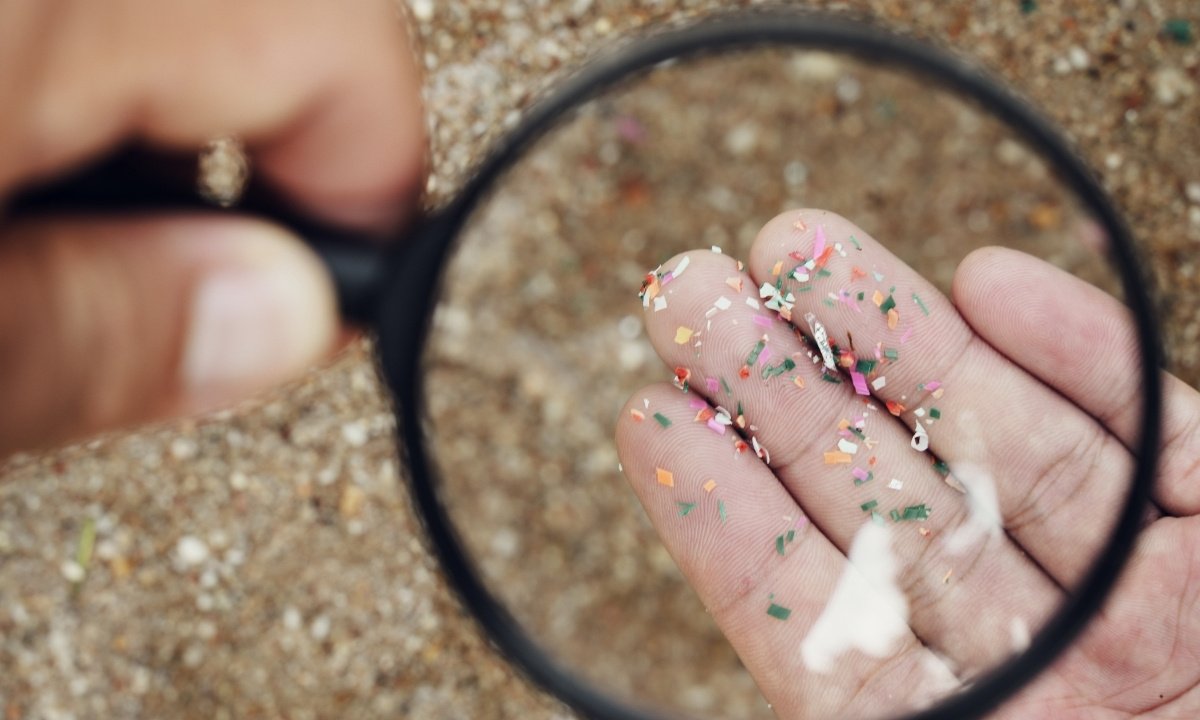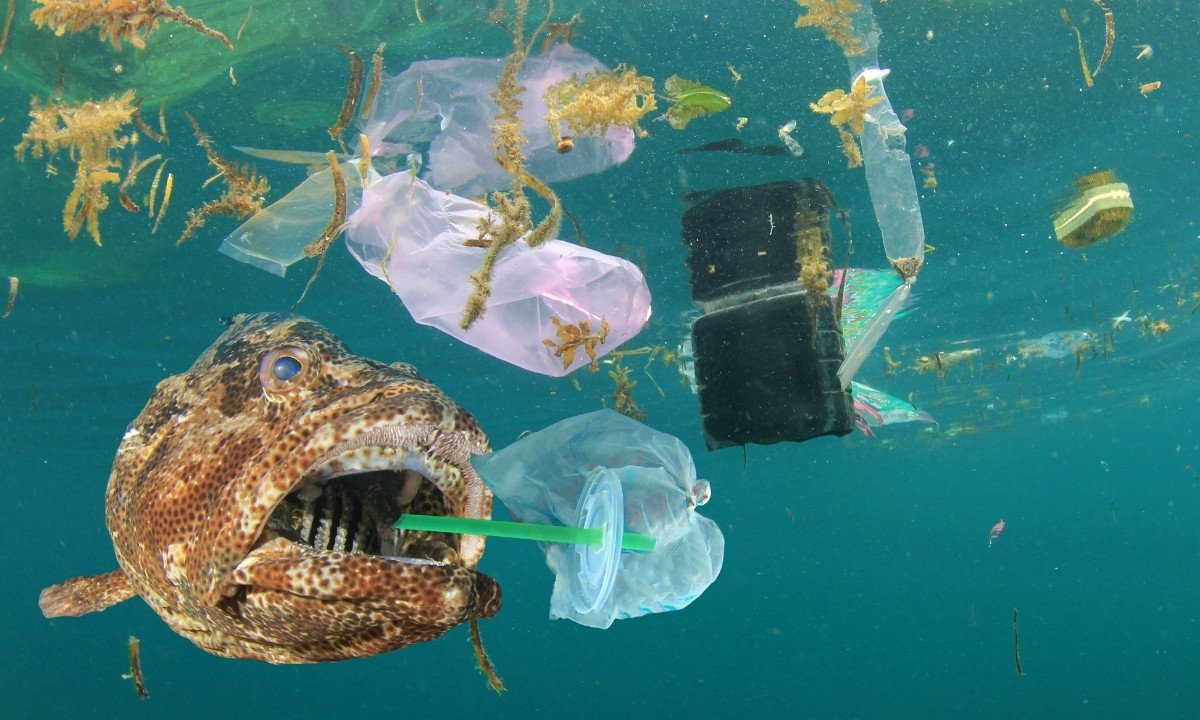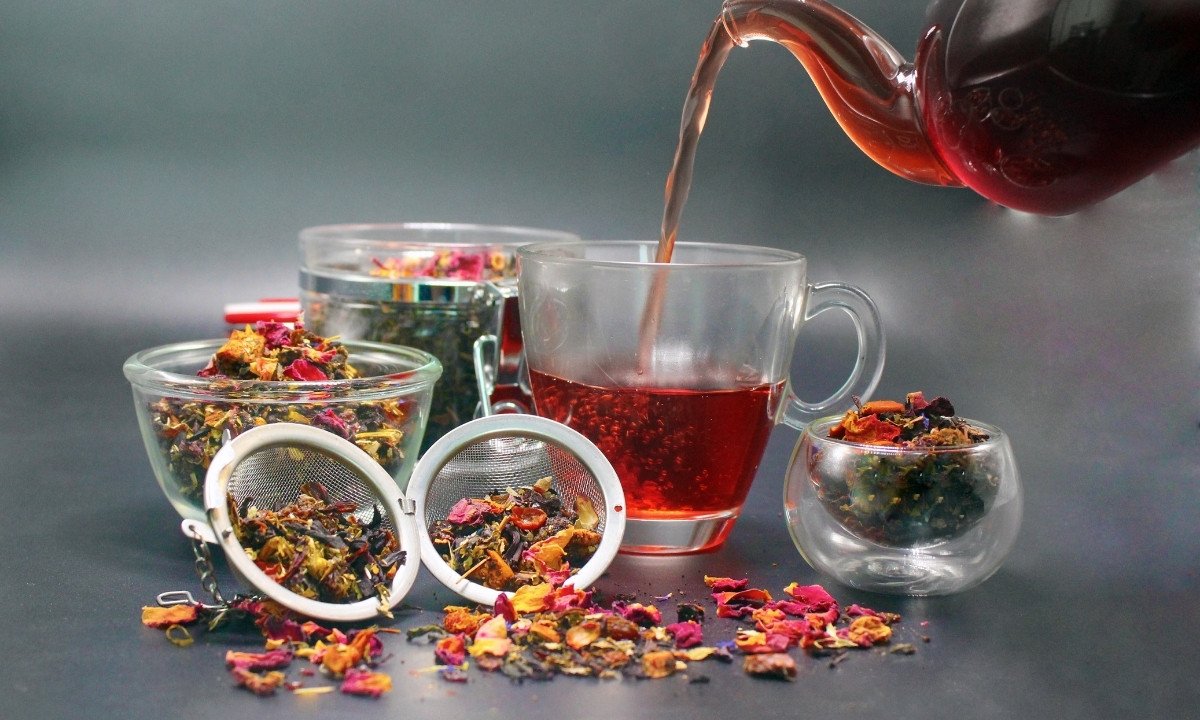Microplastics: A Guide to Their Health Effects on Humans and Animals
Microplastics are an invisible and growing threat to both human and animal health. These tiny plastic particles have been found everywhere—from the deepest oceans to our bodies. This guide will help you understand what microplastics are, their documented health effects, and practical steps you can take to reduce your exposure.
What Are Microplastics and How Do We Encounter Them?
Microplastics are small plastic fragments defined as being less than 5 millimeters in size. This broad category includes everything from visible particles to nanoplastics, which are incredibly tiny—smaller than 1 micrometer—and are a particular concern because they can penetrate our cells and tissues more easily. They come from two main sources: larger plastic items breaking down over time, or being manufactured specifically as tiny beads for products like cosmetics. We can’t avoid them entirely; we ingest them through food and water and inhale them from the air.
It’s clear that the amount of microplastics we consume is significant. A recent 2024 study showed that the ingestion of these particles has increased sixfold in many parts of the world since the 1990s. They’ve been found in our blood, lungs, and even breast milk.
The Health Impact on Humans
Current research is still exploring the full effects of microplastics, but several potential risks have already been identified.
Diagram: How Microplastics Enter and Move Through the Body
This diagram illustrates the main pathways microplastics take to get inside us and where they might end up.
Entry Points:
Ingestion: From plastic bottles, contaminated food, and tap water, leading to the digestive system.
Inhalation: From indoor air, car tire wear, and synthetic clothing fibers, leading to the lungs.
Internal Journey:
Once inside, these particles can move from the digestive system and lungs into the bloodstream.
From the bloodstream, they can travel to various organs, including the liver, kidneys, spleen, and even the brain, where they may accumulate.
Table: Potential Health Effects
| Health Effect | Description | Key Scientific Findings |
| Inflammation | The body’s immune system recognizes microplastics as foreign invaders, triggering a chronic inflammatory response. | Microplastics have been found in inflamed human tissues and organs. |
| Cardiovascular Risk | Particles can lodge in arteries, contributing to plaque buildup and increasing the risk of serious heart issues. | A 2024 study linked microplastics in arterial plaque to a 4.5x higher risk of heart attack, stroke, or sudden death. |
| Neurological Impact | Tiny particles can cross the blood-brain barrier, potentially leading to neurological damage. | A 2025 study found significantly higher levels of microplastics in the brains of people with dementia. |
| Endocrine Disruption | Chemicals in plastics (like BPA) can leach out and disrupt the body’s hormonal system. | Known endocrine disruptors, these chemicals can affect development and reproductive health. |
| Cancer and Aging | Chronic inflammation from microplastics may accelerate cellular aging and promote tumor formation. | The term “plasticosis” is used to describe a similar process of tissue damage observed in seabirds. |
Impact on Animals and Ecosystems
Animals and the environment are also suffering the effects of plastic contamination.
Microplastics are a major problem for marine life, which often mistake them for food. This can cause internal injuries and starvation. This contamination affects the entire food chain, with plastic being passed from smaller fish to larger predators, eventually reaching humans.
In specific regions, like Texas bays, studies have shown how microplastics travel through water currents, threatening local wildlife and their ecosystems. Understanding these movements is crucial for protecting coastal environments.
How to Reduce Your Exposure
Reducing your contact with microplastics might seem daunting, but these simple changes can make a big difference.
Table: Practical Steps to Reduce Exposure
| Action | Why It Helps | Best Practices & Alternatives |
| Filter Your Water | Effectively removes microplastic particles from your drinking water. | The most effective solution is a reverse osmosis (RO) system. Activated carbon filters are also a good option. |
| Avoid Heating Plastic | Heat causes plastics to release far more particles and chemicals into food and drinks. | Use glass, ceramic, or stainless steel containers for all cooking and reheating. |
| Choose Natural Fabrics | Reduces the release of plastic fibers into the air and waterways when you wash clothes. | Look for clothing made from cotton, wool, or linen instead of synthetics like polyester. |
| Be Mindful of Tea Bags | Many tea bags are sealed with plastic, releasing billions of microplastics into your cup. | Use loose-leaf tea or brands that use plastic-free, natural materials for their tea bags. |
| Check Personal Care Products | Some products, like face scrubs, contain microbeads which are a type of microplastic. | Choose products that use natural exfoliants such as sugar, salt, or ground seeds. |
The Role of Materials
Understanding common materials can help you make better choices. For example, while tea bags are convenient, many contain plastic and release microparticles when heated. Switching to loose-leaf tea is a simple way to avoid this.
Silicone is another material to consider. It’s a polymer but is not the same as plastic. While it’s generally considered a safer and more stable alternative, it can still degrade over a very long time, though far more slowly than typical plastics. Silicone does not contain microplastics in the way plastic products do.
Frequently Asked Questions
What are microplastics and where do they come from?
Microplastics are tiny plastic particles under 5mm. They originate from the breakdown of larger plastic waste and manufactured items like synthetic fabrics and car tires. They are now found in virtually every environment on Earth.
What are the main health effects of microplastics on humans?
They have been linked to chronic inflammation, increased cardiovascular risk, potential neurological damage, and interference with certain medical treatments. Research suggests they may also play a role in accelerating aging and cancer development.
Can microplastics be found in breast milk?
Yes, studies have confirmed that microplastics can be present in human breast milk. This highlights the widespread nature of the contamination and raises concerns about potential effects on infants, who are a highly vulnerable population.
What is the best way to reduce my exposure to microplastics?
Focus on simple changes: use a water filter, avoid heating food in plastic, choose natural-fiber clothing, and switch to plastic-free products like loose-leaf tea. These steps can significantly lower the amount of microplastics you ingest and inhale daily.




